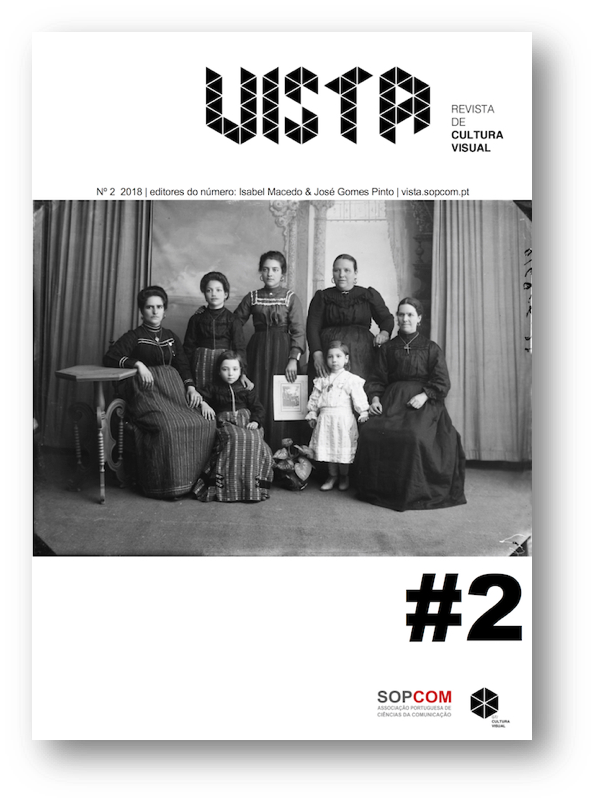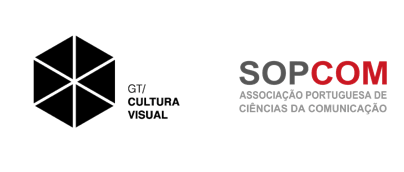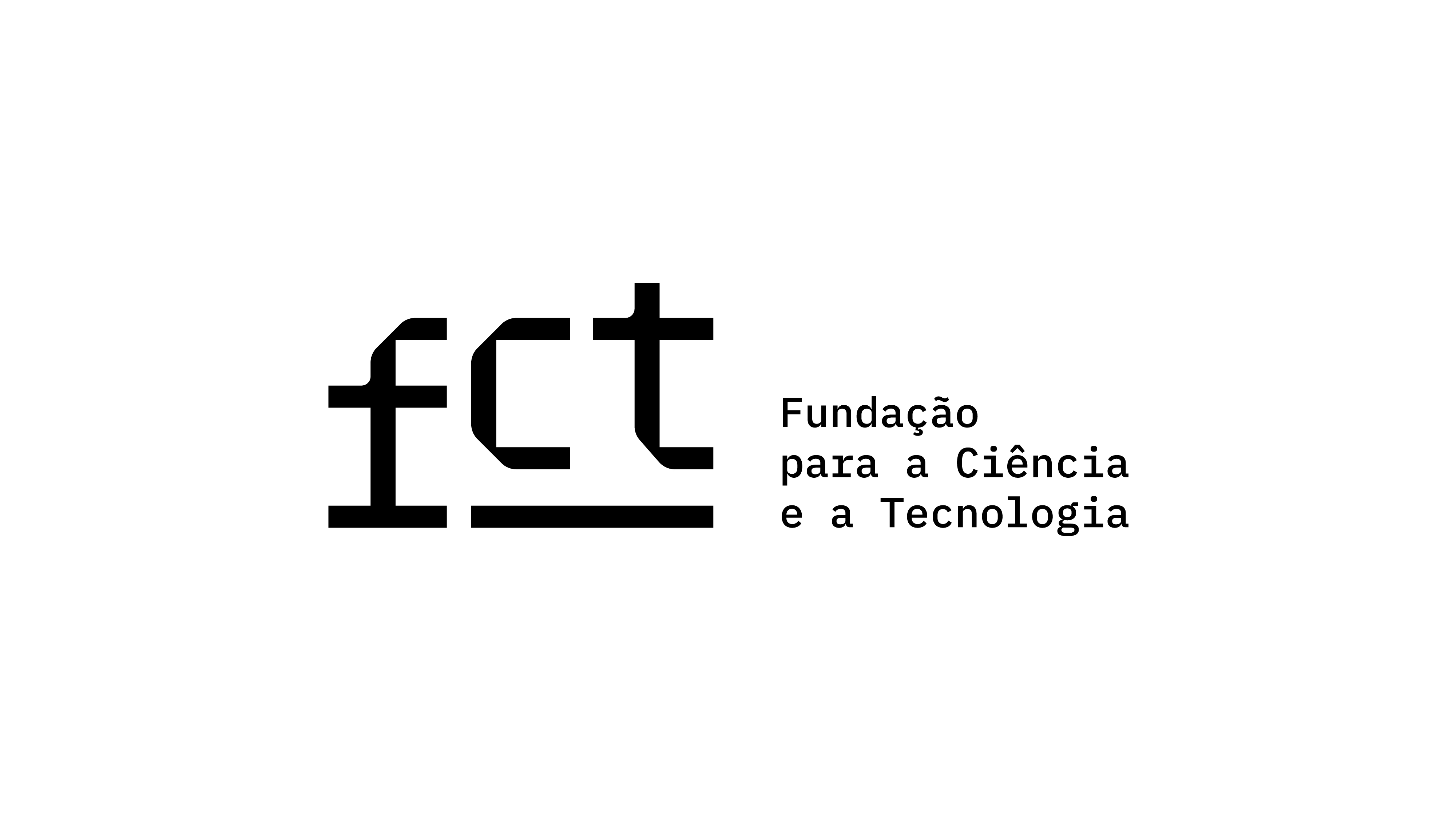Aspetos da afirmação da cultura visual em Portugal: o papel de António Ferro. Da Ilustração Portuguesa ao arquivo fotográfico do SPN
DOI:
https://doi.org/10.21814/vista.2994Keywords:
theatre, visual culture, illustrated press, propagandaAbstract
During the 1920s and early 1930s the Portuguese visual culture underwent a profound transformation, which was noticeable in the illustrated magazines of great circulation. One of the first features of this change was the renovation of the Ilustração Portuguesa in 1921, with a new director, António Ferro with new sections and a modernized visual layout which would be followed shortly by other Portuguese illustrated magazines. That was the case, since 1927, of the Notícias Ilustrado, a new magazine with cosmopolitan graphics, following contemporary international
illustrated magazines.
It was Ferro, who in Portugal had first ventured into a genre of journalism with exhaustive recourse
to the image, either with images suggested by his writing or with the use of photography, often only with caption, as was often the case in Notícias Ilustrado.
Perhaps the highest point of the "visual" journalism of António Ferro was the long interview with Salazar, published in the Diário de Notícias in 1932. The virtuosity with which António Ferro was able to connect writing and photography in the construction of an image for the figure practically "invisible" of Salazar, as Jose Gil suggested, was well demonstrated, being inculcated in a collective imaginary that, despite all the political changes and the years that have yet to come, still shows the strength of a very effective visual propaganda. It would be Ferro, already as director of the Secretariat of National Propaganda, to create early a photographic archive in this state department, a service that would support the propaganda machine of the regime until its decline.
Downloads
References
Alves, V. M. (2013). Arte Popular e Nação no Estado Novo. Lisboa: Imprensa de Ciências Sociais.
As nossas novas máquinas (1927, 18 de dezembro). Domingo Ilustrado, p. 12.
Barros, L. (1921, 22 de outubro). Entrevista da semana: Ester Leão. Ilustração Portuguesa, pp. 280-282.
Castro, F. (1986). Ao Fim da Memória. Lisboa: Verbo.
Delgado, A. S. (2007). Ramón Gómez De La Serna, António Ferro y la greguería in Península. Revista de Estudos Ibéricos, 4, 195-202.
Ecos: Leitão de Barros (1926, 10 de outubro). Domingo Ilustrado, p. 2.
Ecos: Domingo Ilustrado (1926, 10 de outubro). Domingo Ilustrado, p. 2.
Ferro, A. (1919, 19 e novembro). Ana Pavlowa e Eu. O Jornal, p.1.
Ferro, A. (1954). D. Manuel II, o Desventurado. Lisboa: Bertrand.
Ferro, A. (1917). Grandes Trágicas do Silêncio. Lisboa: ed. Autor.
Ferro, A. (1917). Gabriele D’Annunzio e Eu. Lisboa: Portugália Editora.
Ferro, A. (1987). Intervenção Modernista: Teoria do Gosto. Lisboa: Verbo.
Ferro, A. (1933). Salazar. Lisboa: Empresa Nacional de Publicidade.
Ferro, A. (1920). Teoria da Indiferença. Lisboa: Portugália editora.
Ferro, A. (1927). Viagem à Volta das Ditaduras. Lisboa: Empresa do Diário de Notícias.
Ferro, A. (1932, 7 de maio). Vida. Diário de Notícias, p. 1.
França, J.-A. (1992). Os Anos Vinte em Portugal. Lisboa: Editorial Presença.
Gil, I. C. (2011). Literacia Visual: Estudos sobre a Inquietude das Imagens. Lisboa: Edições 70.
Mirzoeff, N. (2003). Una introducción a la cultura visual. Barcelona: Paidós.
Mouna, M. (2012). L’art en Images: André Malraux: l’invention du musée imaginaire. art press, 2(24), s.p..
O Domingo Ilustrado (1927, 25 de dezembro 25). Domingo Ilustrado, p. 2.
Rodrigues, A. (1995). António Ferro: Na Idade do Jazz-Band. Lisboa: Livros Horizonte.
Teatros-Primeiras representações: Avenida-Água-Pé (1927, 25 de julho). Diário de Notícias, p. 6.
Trindade, L. (2008). O Jornalismo como Modernismo. In A. P. Pita & L. Trindade (coord.), Transformações Estruturais do Campo Cultural Português (1900-1950) (pp.185-197). Coimbra: CEIS20.
Downloads
Published
How to Cite
Issue
Section
License

This work is licensed under a Creative Commons Attribution 4.0 International License.
Authors own the copyright, providing the journal with the right of first publication. The work is licensed under a Creative Commons Attribution 4.0 International License.













